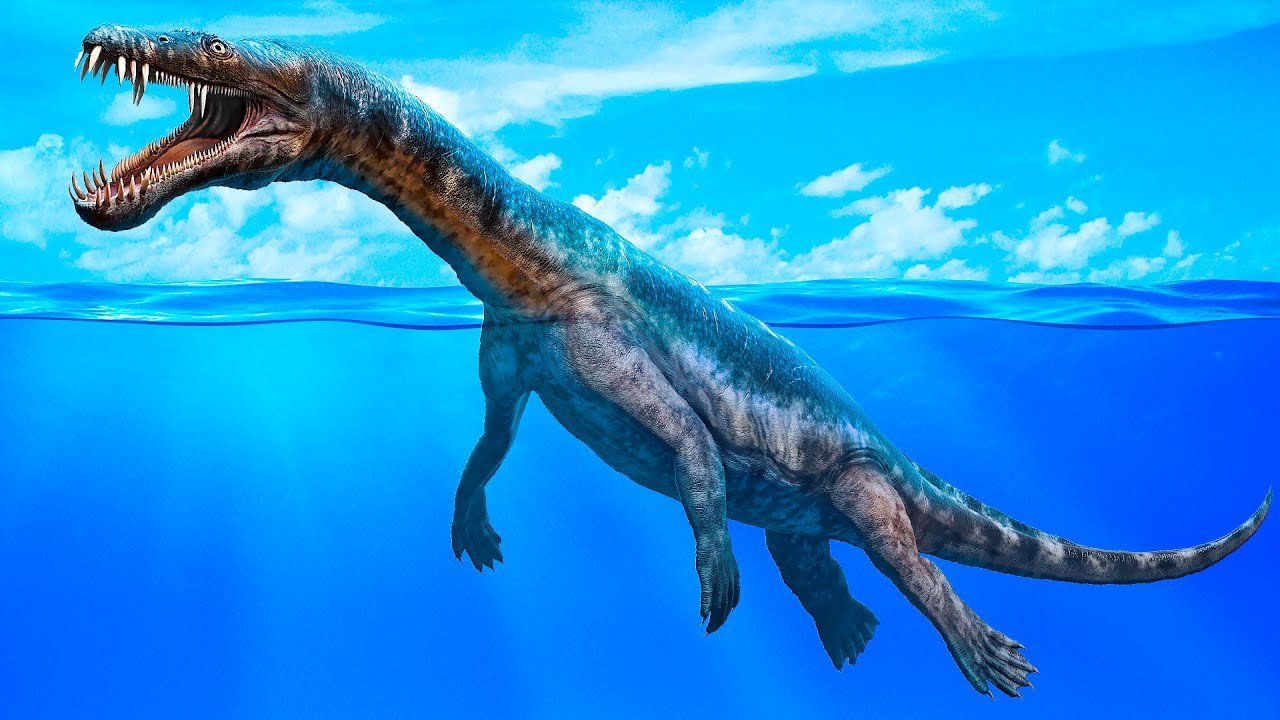8 Animals Older than Dinosaurs That Still Thrive Today
Dinosaurs might have roamed the Earth millions of years ago, but some of the creatures alive today have an even longer history, predating these ancient reptiles by hundreds of millions of years. These “living fossils” offer a fascinating glimpse into the distant past, having survived numerous cataclysmic events and significant evolutionary shifts. Here are eight remarkable animals that were around before dinosaurs and continue to thrive in our modern world.
Horseshoe Crabs
Often referred to as “living fossils,” horseshoe crabs have been around for more than 450 million years, predating dinosaurs by a significant margin. These ancient arthropods have changed little over the eons, maintaining a simple yet effective body plan. Their blue blood, which contains unique properties used in medical testing, is a testament to their evolutionary resilience.
Coelacanths
Coelacanths are deep-sea fish that were believed to have gone extinct around 66 million years ago until one was discovered alive in 1938 off the coast of South Africa. These “living fossils” are a lineage that dates back approximately 400 million years. Their distinctive lobed fins and unique adaptations make them a crucial link in understanding vertebrate evolution.
Lampreys
Lampreys, a type of jawless fish, have been around for over 360 million years. They are known for their eel-like bodies and parasitic feeding habits. Despite their simplistic appearance, lampreys have a unique physiology and a complex life cycle that has changed little since the Devonian period, offering valuable insights into early vertebrate evolution.
Nautiluses
Nautiluses, often called “living fossils,” have been cruising the oceans for about 500 million years. These cephalopods have a distinct shell divided into chambers, which they use for buoyancy control. Their long evolutionary history and unchanged body structure make them fascinating subjects of study for marine biologists.
Jellyfish
Jellyfish are one of the oldest multicellular organisms, with a lineage extending back over 500 million years. Their gelatinous, umbrella-shaped bodies and tentacles have proven highly adaptable, allowing them to survive and thrive in a variety of marine environments. Their simple yet effective design has enabled them to persist through major environmental changes.
Sturgeon
Sturgeon, a group of ancient fish species, have been around for about 200 million years. These fish are notable for their bony plates, long bodies, and valuable roe (caviar). Their evolutionary history is marked by a slow rate of change, which has helped them survive through various geological periods and climatic shifts.
Hagfish
Hagfish are another example of jawless fish that have been around for around 300 million years. They have a unique method of feeding, using their tooth-like structures to scrape food from their prey, and are known for their ability to produce copious amounts of slime as a defense mechanism. Their primitive features provide crucial insights into early vertebrate development.
Tuatara
The tuatara is a reptile endemic to New Zealand, representing the only surviving member of an ancient group called the Rhynchocephalia, which lived alongside early dinosaurs. Tuataras have existed for around 230 million years, and their unique features, such as a “third eye” on the top of their head, make them a living window into prehistoric times.
Conclusion
These living fossils provide a fascinating connection to the Earth’s distant past, offering scientists a rare opportunity to study evolutionary processes and survival strategies over millions of years. Their continued existence not only highlights the resilience of life but also underscores the intricate web of history that links modern species to ancient ancestors. Each of these creatures holds valuable clues about the evolutionary journey that has shaped the diversity of life we see today.
